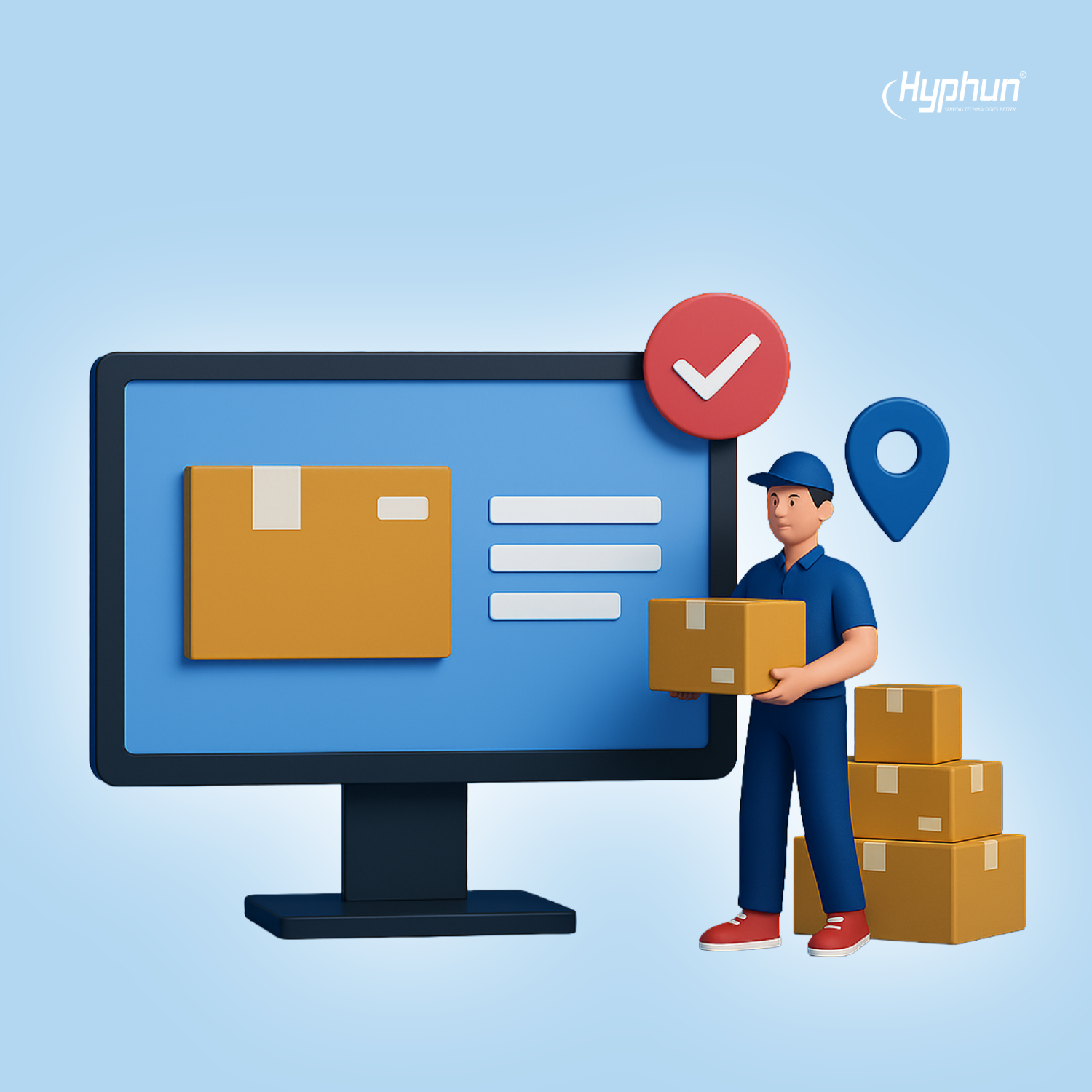Retail Commerce Portal Management

1. Introduction
Modern retail commerce exists as a complex web connecting operations with superior user experiences that drive business success. Under current e-commerce and omnichannel shopping trends retailers experience rising competitive pressure.
An efficient retail commerce portal management solution serves as a critical operational platform for managing inventory simultaneously with orders and customer relationships. When fully technologized the portal simplifies practical operations while enhancing consumer experiences which leads to customer retention and increased sales numbers. The chosen case explores how an adaptable solution revolutionized retail operations by solving existing problems and revealing fresh pathways for constant expansion.
2. Company Background
The client is a mid-sized e-commerce technology business serving the retail technology sector that experiences fast-paced changes. As experts in digital commerce systems, the company saw the urgent need to enhance retail operations through modern technology solutions.
They pursued digital transformation by building a single seamless customer experience on all channels that linked diverse retail systems and delivered better customer connections using data analytics in real-time. The client wanted to improve digital commerce services by developing cloud-friendly technology and using data to show how retailers should handle their digital stores.
3. Portal Management Challenges
The retail commerce portal management ran into major operational problems while trying to carry out digital transformation initiatives. Key challenges emerged across multiple critical dimensions:
Legacy System Limitations
-
Past infrastructure doesn't let data move between systems smoothly.
-
Our architectural design limits how far new technology can evolve.
-
Old software modules cause operations problems for our team and our clients experience slow processing.
-
The expenses to maintain legacy systems increased while the system became slower.
Integration Complexities
-
Multiple isolated systems need reliable data transfer rules to work together properly.
-
Many different data systems create separated pools that lock away essential information.
-
Data sharing between different platforms needs complicated intermediary tools.
-
The organization faces significant difficulties moving forward because of its technical debt.
User-Experience Issues
-
The system shows different ways to navigate between pages.
-
The system experienced slow page loading times.
-
Users experience difficulty navigating an unclear user interface design.
-
There was limited mobile responsiveness.
-
Complex checkout steps make many customers back away during their shopping experience.
Performance Bottlenecks
-
That's when users need to wait longer than usual to complete web tasks.
-
Weak server performance stands as a major problem.
-
Database queries run slowly on the system.
4. Proposed Solution: Retail Commerce Portal Management
Centralized Retail Commerce Portal
The client wanted one main point of access to keep their digital and physical sales running in real time. The main business system would collect and synchronize product data storage records about inventory and sales at the enterprise.
Omnichannel Retail Solutions
The customer needed comprehensive channel connections between all their sales platforms. The new system made sure customers could shop the same way in all sales platforms from computers to smartphones and stores. The solution merged all sales channels to let customers interact without any problems and achieve better satisfaction.
Advanced Inventory Management Tools
Modern systems were put in place to help manage inventory more effectively. These Retail Commerce Portal Management platforms gave the client fast results while managing stock supplies automatically plus showing changes in market demand. Through this system the client handled inventory movement among different sites better which protected against running out of items and excessive stock accumulation.
Order Tracking and Delivery Automation
The company started using automation to manage orders so customers could see their status live. The system streamlined delivery scheduling to help logistics operations work faster without errors. The new automation system made deliveries faster and helped customers have better interactions.
Enhanced Data Security and Analytics
Protecting customer data is a major part of any solution. Strong security measures helped defend customer data through advanced encryption technology. Based on these findings, the team integrated advanced analytics to track customer behavior and create unique marketing materials and product suggestions.
5. Implementation Process
Requirement Analysis and Stakeholder Consultations:
It all started by discussing all business requirements with major participants to determine their needs. The team held multiple discussion sessions to list out all required Retail Commerce Portal Management features according to business needs.
Development and Testing Phases:
The web development team started working on the design and creation of the proposed solution after the requirements phase ended. Technologists built a platform that uses multiple channels to track stock levels and automatically handles orders. Regular quality checks took place from development to release to guarantee perfect results.
Deployment and Team Training:
Team members received complete training before the website launched in phases. The client received all the necessary training about how to use the system and how to reach its fullest potential.
Continuous Monitoring and Iterative Improvements:
After launching the portal the team watched its performance results and accepted user suggestions to keep improving it. The team used real-time data to update the system and make improvements that refined user experiences while boosting operational benefits.
6. Results
In the client’s case, the Retail Commerce Portal Management project, several significant results were achieved:
-
Improved Operational Efficiency: The new portal streamlined operations, reducing manual errors and optimizing resource allocation.
-
Enhanced Customer Satisfaction and Retention: With a seamless, omnichannel shopping experience, customers experienced faster service and personalized interactions, leading to higher satisfaction and loyalty.
-
Boost in Sales: Personalized recommendations based on customer behavior significantly increased conversion rates and overall sales.
-
Scalability: The solution was designed with keeping scalability in mind, allowing the client to easily adapt to future growth. It would let the industry seamlessly manage diverse product offerings and a larger customer base.
These results demonstrated how an integrated portal solution could drive operational improvements, foster customer loyalty, and ensure sustainable business growth for retailers.
7. Conclusion
In conclusion, the Retail Commerce Portal Management solution delivered remarkable improvements, including:
-
Enhanced operational efficiency with reduced errors.
-
Increased customer satisfaction through seamless, omnichannel experiences.
-
A scalable platform for future growth.
Looking ahead, this solution offers significant potential for further innovation, adapting to emerging trends like AI-driven personalization and advanced data analytics, ensuring retailers stay competitive in an ever-evolving market.
Recent Case Studies
Hyphun serves a wide variety of clients in different industries and transforms business by applying smart, intelligent and innovative approaches to solve major business challenges.







